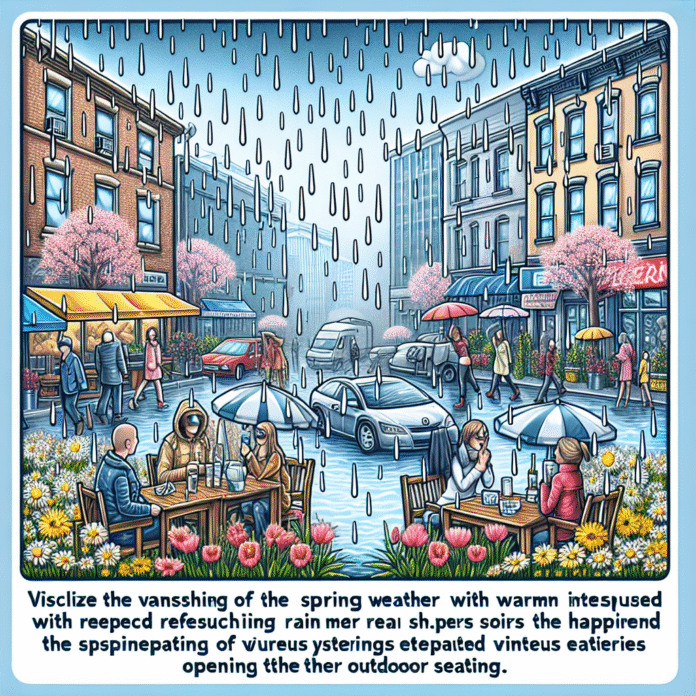Impact of Disappearing Spring Season on Daily Life
How the ‘Vanishing’ Spring Season is Disrupting Life
The phenomenon of a ‘vanishing’ spring season has emerged as a significant concern for communities worldwide, impacting not only the environment but also various aspects of daily life. As temperatures rise and climate patterns shift, the traditional markers of spring—mild weather, blooming flowers, and the return of migratory birds—are becoming increasingly erratic.
Changing Climate Patterns
Scientific studies indicate that climate change is leading to altered weather patterns, resulting in shorter, more unpredictable spring seasons. Regions that once enjoyed a clear transition from winter to summer are now experiencing abrupt shifts, causing confusion among flora and fauna. Many plants are blooming earlier in the year, while animals that rely on these cues for breeding and migration are struggling to adapt.
Impact on Agriculture
Farmers are particularly affected by the vanishing spring. With the growing season becoming less predictable, crop yields are at risk. Early blooms can lead to frost damage, while late frosts may destroy young plants. This unpredictability complicates planting schedules and can lead to economic losses for farmers who rely on seasonal patterns for their livelihood.
Moreover, the changing climate can exacerbate pest problems, as warmer temperatures allow for the proliferation of insects that can harm crops. Farmers are forced to adapt by changing their practices, which can be both costly and time-consuming.
Effects on Wildlife
The disruption of the spring season is also impacting wildlife. Many species depend on specific environmental cues to time their breeding and migration. For instance, birds that migrate north for the spring may arrive at their destinations only to find that food sources are scarce due to early plant blooms. This mismatch can lead to decreased survival rates for young birds and other wildlife.
Human Health and Well-Being
The vanishing spring also has implications for human health. Allergies may worsen as pollen seasons become longer and more intense, affecting millions of individuals. Additionally, the psychological effects of changing seasons cannot be ignored; many people find comfort in the predictable cycles of nature, and disruptions can lead to increased stress and anxiety.
Adaptation and Resilience
Communities are beginning to take notice of these shifts and are exploring ways to adapt. Urban planners are incorporating green spaces that can provide habitats for wildlife and improve air quality. Farmers are experimenting with new crop varieties that are more resilient to changing conditions. Education and awareness campaigns are also being launched to help individuals and communities understand the importance of seasonal changes and how they can mitigate their effects.
Conclusion
The vanishing spring season is not merely a matter of changing weather; it is a complex issue that affects ecosystems, agriculture, wildlife, and human health. As communities grapple with these changes, a collective effort towards adaptation and resilience will be essential in navigating the challenges posed by climate change. Understanding the interconnectedness of these systems can lead to better strategies for preserving the delicate balance of our environment.


